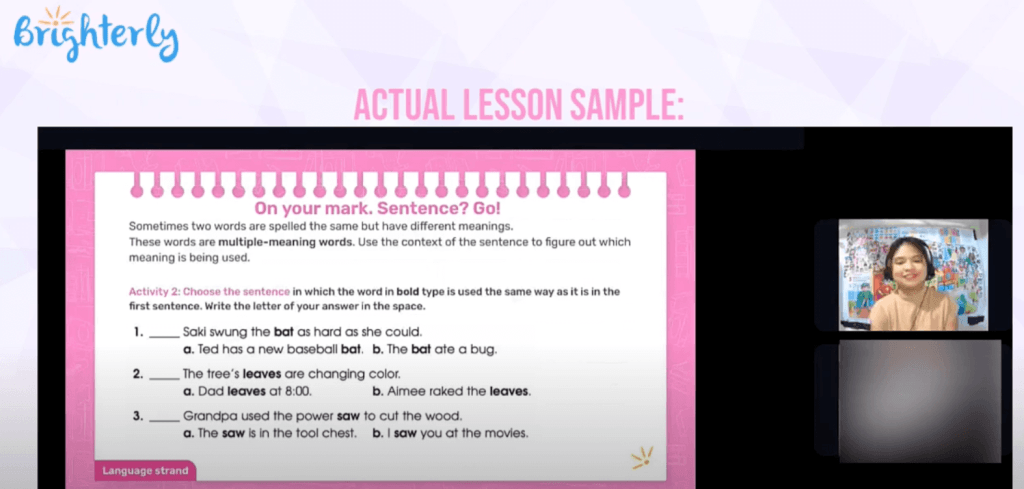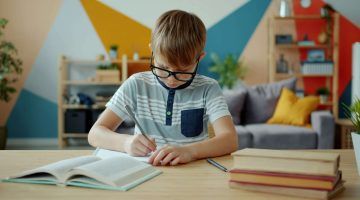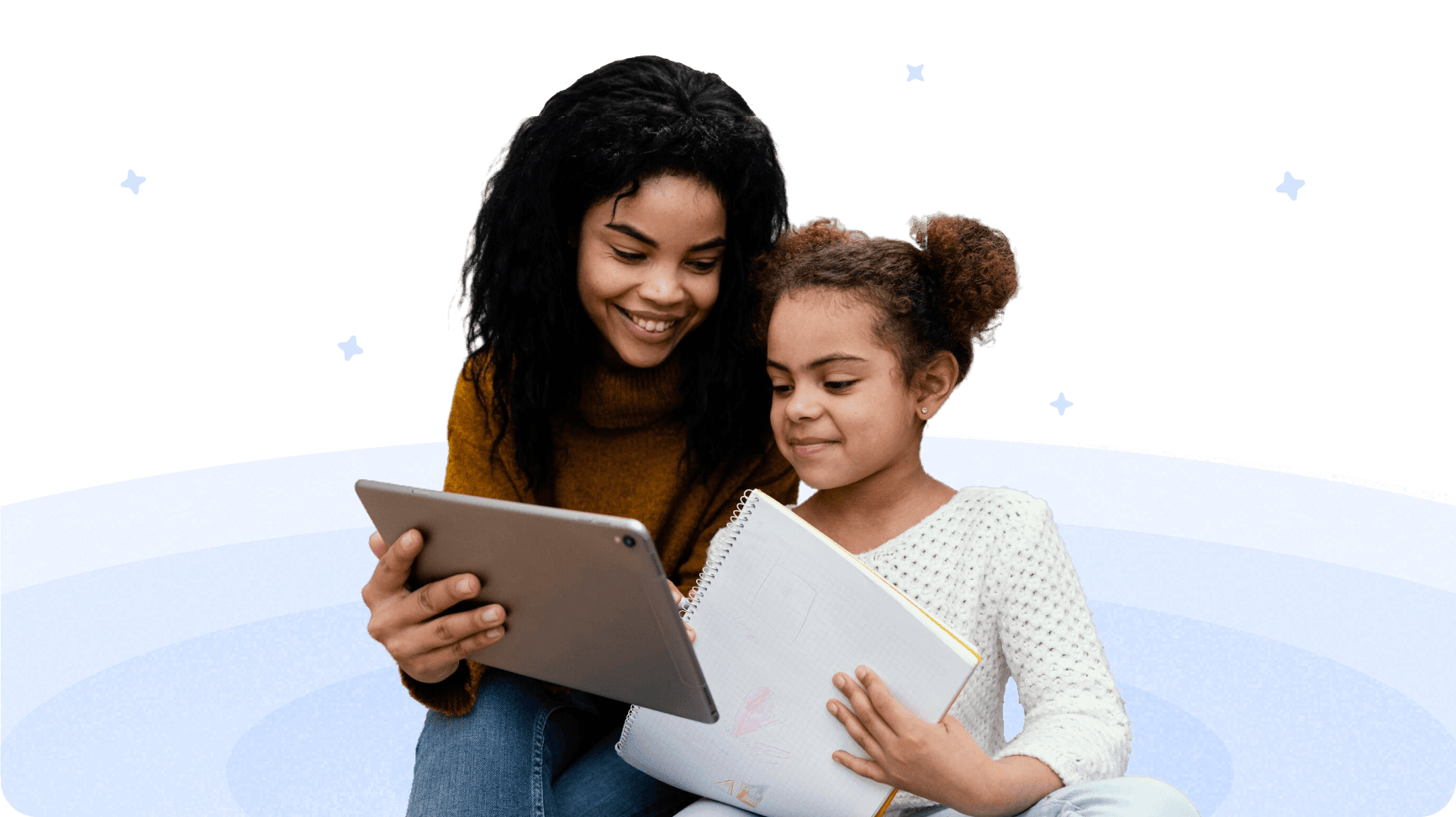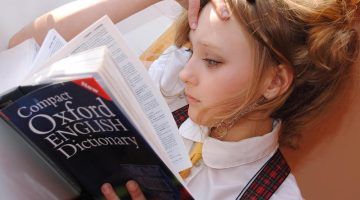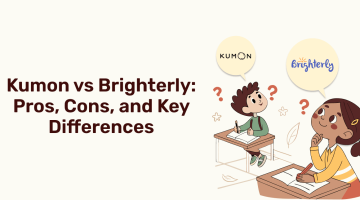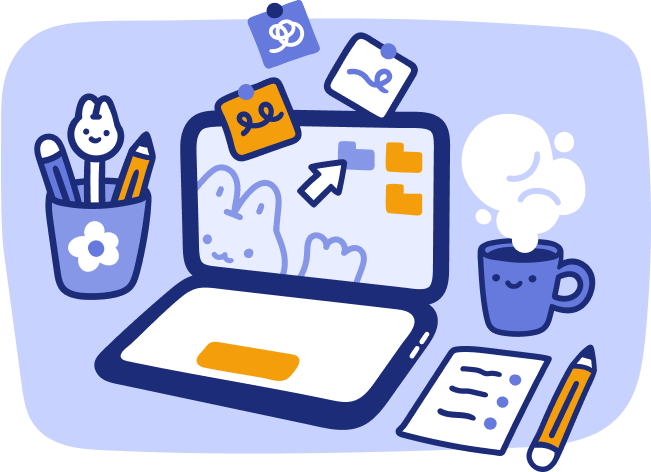Understanding Types of Reading Disabilities (+Tutor Tips)
reviewed by Laila A. Lico
Updated on October 11, 2025
Reading disabilities, or reading difficulties, are quite common among children of school age. One in five kids experiences such a condition. One common example is dyslexia. You must’ve heard of it.
But what about the reading disorders other than dyslexia? Well, these are things a parent should be aware of and surely not afraid of. Read on to learn more to explore the types and causes of learning disabilities.
How to identify reading disabilities?
To identify reading disabilities, look at whether a child has trouble with literacy skills, reading speed, decoding words, spelling, or reading comprehension. For instance, when a kid fails to match letters to sounds, blend sounds into words, or recall simple words, it may be a sign of difficulty.
What are the common signs to note?
- Guessing words
- Choppy or robot reading
- Reading takes a lot of energy
Also, consider a child’s age and grade, as by age 8, most children read fluently.
What is a reading disability in their case? It will refer to vivid problems in understanding what they read, not recognizing words, or if their reading level is two or more grades below.
So, how many types of reading disabilities are there? Not so many; they depend on the classification.
Sometimes, types of reading disabilities are classified based on the deficit behind the disability:
- Phonological deficit. When a kid cannot recognize or produce the sounds of spoken language.
- Poor orthographic processing. When a child finds it hard to recognize or remember words in writing.
- Comprehension or language deficit. This occurs when they struggle to understand the meaning of words and sentences, and thus entire texts.
Note: Look at the source of the reading difficulty before recognizing the disorder and finding the strategy to overcome it.
What are the 4 types of reading difficulties?

In this reading disorders list, some refer to comprehension, others to decoding, while there are mixed types that may not be obvious at first glance. Let’s look at these reading disability types in more detail:
Reading disorder #1: Hyperlexia
Hyperlexia is a reading disability characterized by a reading pattern where a child learns to read words very early but struggles to understand the language. In other words, a kid decodes words easily but fails to get the meaning behind the word.
Here’s a good example of hyperlexia: a 1st grader easily sounds out a long word but fails to grasp its meaning, or when a person speaks it.
That way, this type of reading learning disability takes place when the word-reading ability of a kid exceeds the language comprehension.
Note: Hyperlexia is linked with autism spectrum disorder; some sources report that more than 80% of kids with hyperlexia are on the autism spectrum.
Compared to other types of reading disorders, kids with hyperlexia have outstanding decoding skills and don’t struggle with sounding out letters. Kids are fond of letters and can read pages without errors, but may miss context or fail to answer questions.
Reading disorder #2: Dyslexia
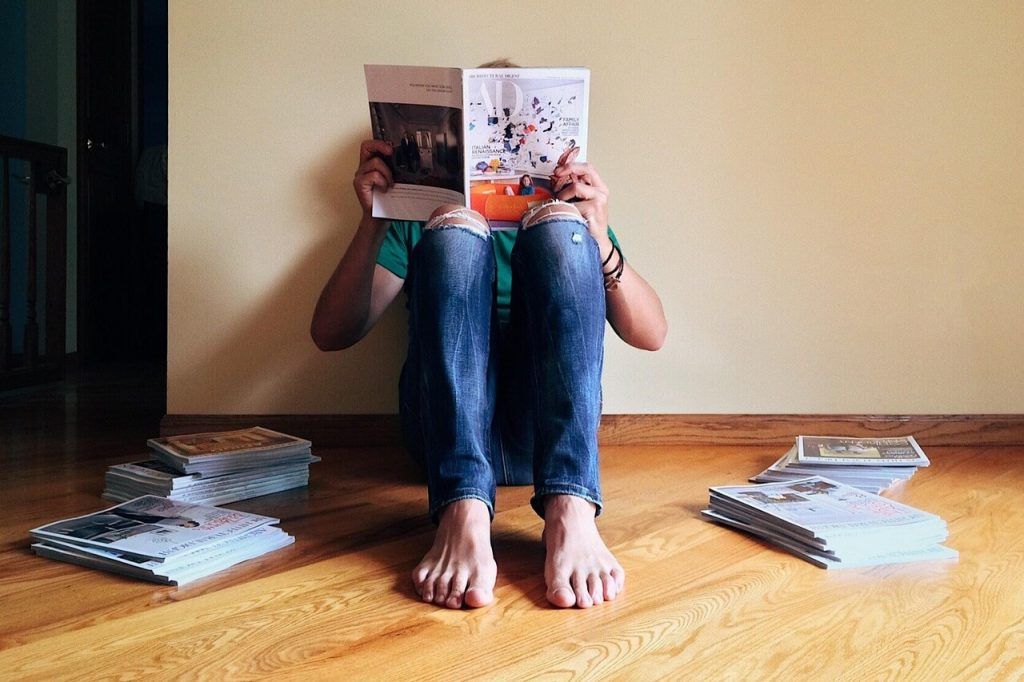
Dyslexia is a specific learning disability in reading that makes it hard for a child to decode and spell words. Kids with this reading processing disability have trouble with phonics and phonological awareness. In other words, they fail to connect letters to sounds.
Thus, the indicators of dyslexia would be:
- Slow or inaccurate reading
- Spelling issues
- Mixing up words like “bat” and “tab”
- Skipping sounds
- Guessing words while reading
Compared to other reading disabilities types, for children with dyslexia, reading requires effort and brings many errors. So, as they struggle to decode, they also fail to comprehend the text. Interestingly, if a parent of a child has dyslexia, there’s a 30-50% chance that the child will have it too.
Note: Want to know more about dyslexia? Check the following article: Dyslexia and reading: parents’ guide.
Reading disorder #3: Mixed reading disorder
The next type is a mixed or combined reading disability, which implies difficulties in two areas simultaneously, word recognition and reading comprehension.
In particular, mixed reading disorder implies that kids struggle with both decoding and understanding the text at once.
What are the examples of such a disorder?
- When a kid decodes many words slowly and fails to get the idea behind the passage.
- If a child has low phonics skills and a limited vocabulary.
- When a kid shows hesitation on unfamiliar words, skips parts of sentences, or gets confused about the meaning.
Mixed readers often show a broad pattern of reading difficulties. For this reason, helping such readers requires a comprehensive approach related to both phonics and language development.
Reading disorder #4: Compensators
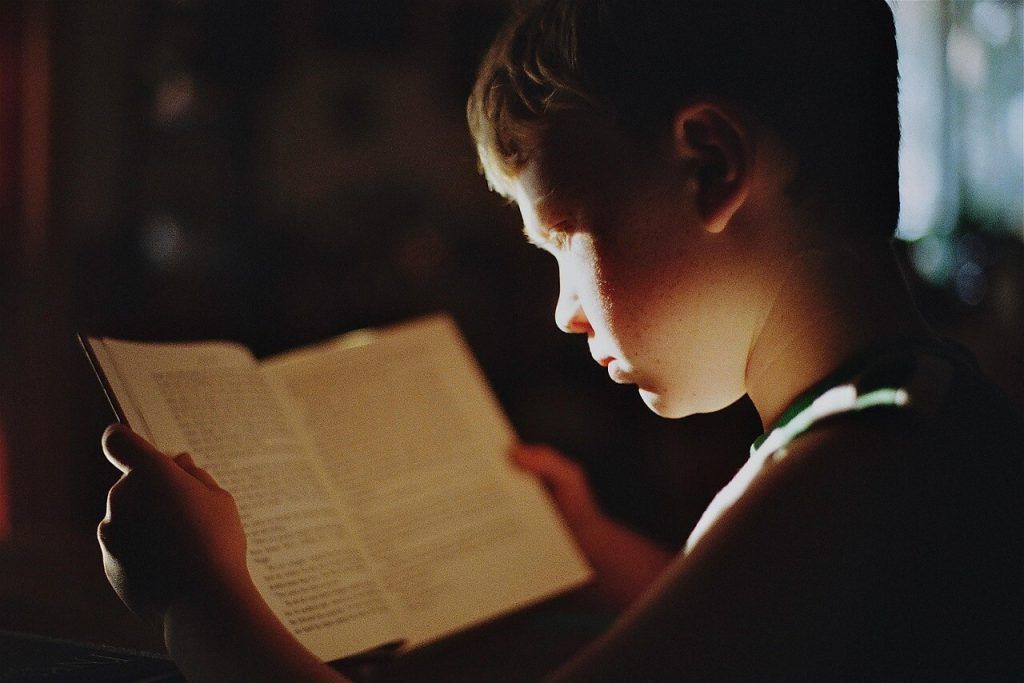
Among different types of reading disabilities, this one appears to be the most difficult to identify. Why? Because the compensating type implies that kids compensate for the decoding deficit with advanced language skills.
Compensators usually have strong spoken language and a rich vocabulary. So, parents may think that they have no reading difficulties. Yet, their hidden decoding and phonics weaknesses may become visible as academic demands grow.
For instance, a kid may get the word “elephant” as they recognize an animal’s shape or one of the letters, but not by sounding it out.
This kid’s reading approach would work for some time, but in the 3rd or 4th grade, when texts become harder, a parent may see the problem and wonder how to increase reading speed of a kid.
That’s why this type is tricky. The tests will seem fine, but their reading skills will not. Kids would rely on sight-word memory, picture cues, or first letters to guess a word.
In this regard, Brighterly’s reading tests are effective tools to indicate reading disability signals in a class. They align with US state standards, follow the reading path of readers, and seek to determine deficits.
What are the common signals of compensators? Poor spelling, difficulty with words with no context, and nonsense-word reading.
Note: Pushing kids to read before they develop basic phonemic awareness for mapping may encourage kids to develop a compensating type.
How to overcome reading difficulties?
- Resort to reading tutors
- Expand kids’ vocabulary
- Include visual aids
- Don’t forget about reading aloud
- Use reciprocal teaching
- Apply multisensory teaching
The particular solutions aren’t evidence-based intervention strategies. However, they are often part of them or specific programs.
Note: You can check the best 7 reading programs for struggling readers to see the approach parents use.
Each of these strategies can help your kid with a reading learning disability, depending on the deficit behind it. Thus, determine which one to use once you know the reading disabilities types of the children you teach.
Let’s look closer at them:
Reading difficulty solution #1: Personalized reading tutor
Tutoring is one of the most universal and effective options for tackling reading difficulties. Why? First of all, they are likely to use a structured literacy approach that offers a system and supports all components of reading. They are concerned with phonemic awareness, phonics, fluency, and comprehension.
Moreover, tutors first assess the reading level of a child and then find the best strategy based on their needs or struggles. They would use targeted activities, games, and interaction to improve skills or address a specific deficit.
How to overcome reading disabilities with Brighterly tutors?
Brighterly math and reading platform offers 1:1 personalized tutoring to kids in 1-9 grades. Thanks to the focus on personalization and kids’ needs, it’s a great option for early readers with reading disabilities.
First of all, Brighterly’s tutors have professional degrees and follow national programs. That way, the Brighterly reading program connects to the school program and aims to meet the standards.
At the same time, its reading tutors pay significant attention to the customized plans and feedback. It allows them to make reading lessons fun and engaging. In turn, it not only tackles the reading difficulties but also improves kids’ confidence.
Reading difficulty solution #2: Improving vocabulary
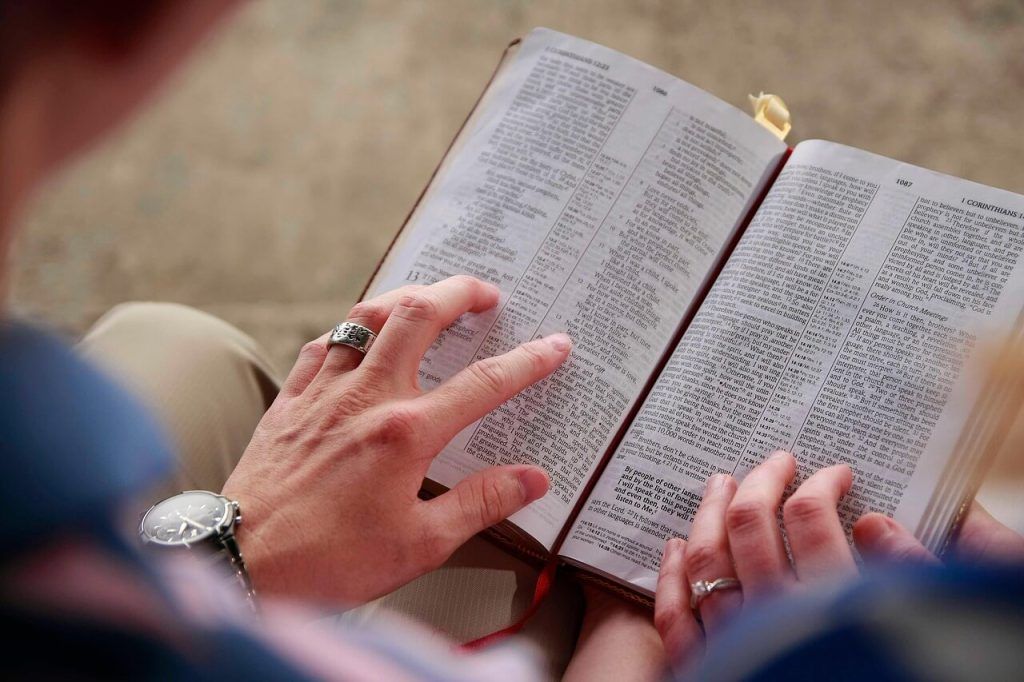
The next solution is crucial for tackling reading comprehension disability, as building vocabulary allows understanding text. Vocabulary activities would help combat mixed types of reading learning disabilities, or, if carefully developed, be a part of intervention strategies against hyperlexia.
Parents and teachers may resort to the vocabulary activities that give kids the tools to tackle a reading comprehension disorder. What are they? Word games, picture dictionaries, context clues, themed word lists, flashcards.
How to overcome reading disabilities with vocabulary activities?
Here are some of the powerful ways to combat reading comprehension learning disability in a kid:
- Read together diverse books or stories and discuss new words.
- Play vocabulary games, from Scrabble and Bingo, and do memory matching.
- Tie words to images with labeled object cards or flashcards.
- Set a routine to learn a “word of the day” and how it can be used.
- Group the written words and use reading worksheets after reading.
Reading difficulty solution #3: Visual aids
Using visual aids is a powerful way to combat various reading disabilities types. Why? With colors, charts, and images, you can support comprehension and mapping. It will supplement reading exercises for both dyslexic and hyperlexic readers.
The power of visual aids lies in directing attention to key ideas and explaining patterns. The extras let kids link words with images, strengthen memorization, and support text comprehension.
How to overcome reading disabilities with visual aids?
Visual aids should support the exercises targeted at the specific deficit, whether it is orthographic mapping, language, or comprehension deficit.
You can use the following visual learning techniques:
- Use graphic organizers like story and mind maps for concepts.
- Highlight keywords and group them by color.
- Match vocabulary to images.
- Use special fonts to stress certain keywords or letters.
- Use brace maps to show how words are built and decoded.
Reading difficulty solution #4: Reading aloud
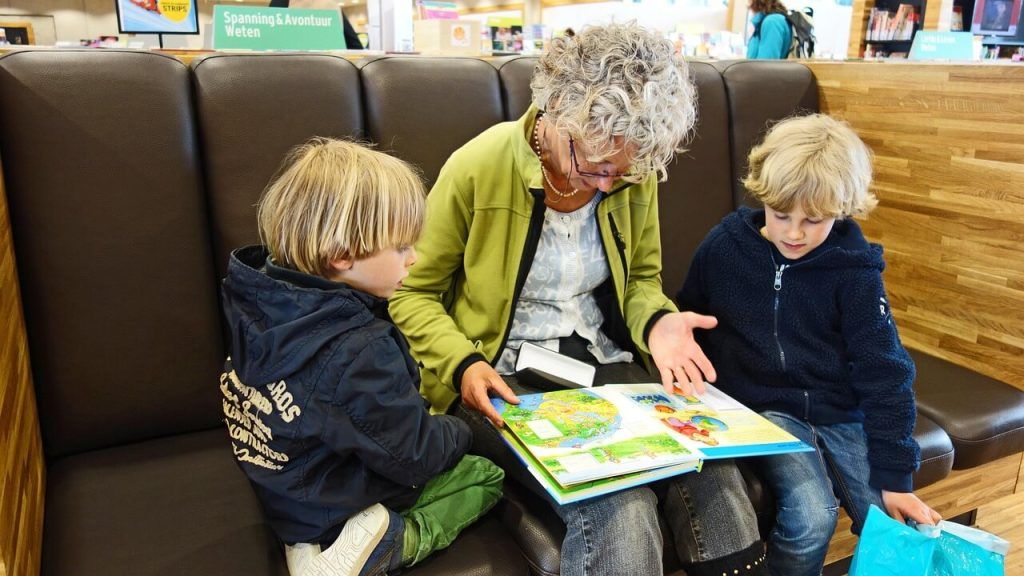
Reading aloud is a simple yet effective strategy that many teachers and parents seem to forget. Yet, it’s a primary method to ensure fluent reading or expression and model pronunciation.
Firstly, it allows kids to hear how words sound and how sentences flow. Secondly, shared reading aloud adds to engagement and supports shy readers.
Therefore, this is a must-use strategy for early readers who have decoding reading impairment. It also helps compensators by reducing reliance on guessing words.
Note: Research shows that assistive reading aloud technology helped improve reading scores by 24% among dyslexic readers.
How to overcome reading disabilities while reading aloud?
- Establish a reading routine and discuss the plot together afterward.
- Read together and alternate sentences to improve comprehension.
- Emphasize and explain tricky words if you feel there’s an issue.
- Use audiobooks and story apps for extra practice.
Reading difficulty solution #5: Reciprocal teaching
Reciprocal teaching is a method built around collaborative dialogue between the learner and the teacher. This approach is pretty effective in combating comprehension reading disability, as it turns students into active readers.
How? The teacher guides a child and makes them switch between summarizing text, asking questions, clarifying parts, or predicting what will happen next.
It is excellent for children who can decode words but struggle to understand them, including those with hyperlexia, mixed reading disorder type, and compensators.
Note: Research shows that, except for reading comprehension, it is effective in teaching physics and algebra.
How to overcome reading disabilities with reciprocal teaching?
To overcome disabilities with this method, you can apply a collaboration model:
- First, explain the main activities: prediction, questions, clarification, and summary.
- Next, make a child read a section and then predict what can happen.
- Ask them to summarize the text in their own words.
- Clarify confusing words and ask them to create questions for the text.
Importantly, you can exchange roles to make it more engaging for a reader.
Reading difficulty solution #6: Multisensory learning
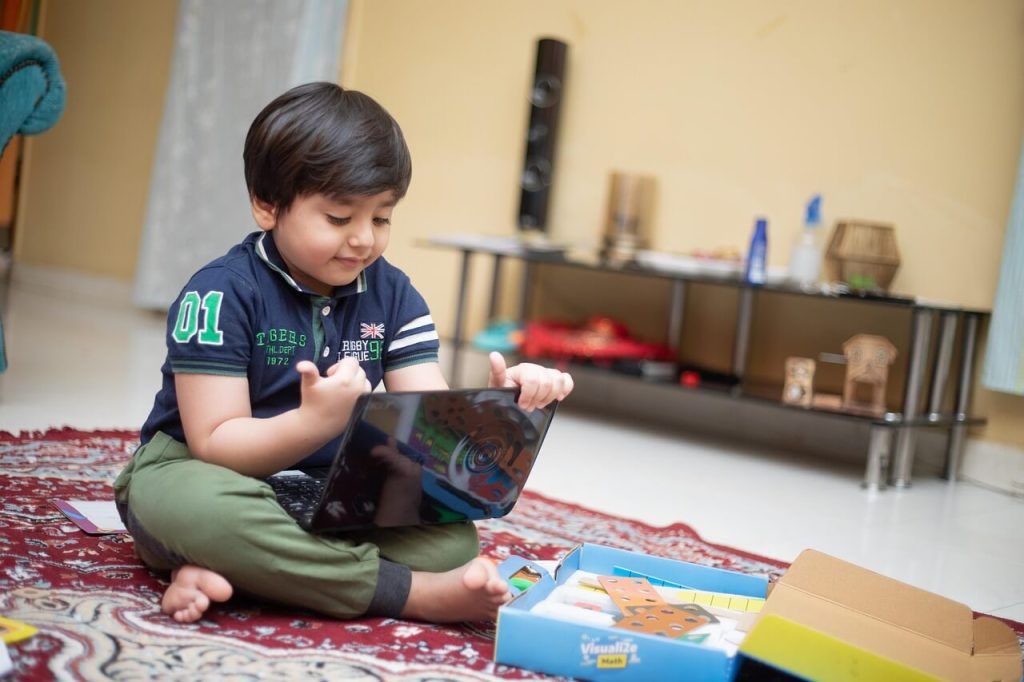
Multisensory learning appears as an extremely powerful tool for children with reading disabilities, in particular, dyslexia or mixed reading disorders. First of all, it activates multiple sensory channels and combines visual, auditory, and tactile input. In other words, it strengthens how a kid perceives and connects to words in the brain.
How does it help? It builds stronger links between letters, sounds, and meaning, helping to overcome phonics struggles and boost motivation.
To make it work, make sure a kid uses several senses when practicing activities. Sounding out letters is one thing, but saying and air-drawing them is another.
How to overcome reading disabilities with multisensory learning activities
- Use sand and textured cards for a kid to trace letters while saying each sound.
- Leverage magnetic letters and letter tiles to form and spell words.
- Clap syllables to support sound awareness.
- Use interactive apps and games that combine visuals and movements.
Note: The multisensory Orton-Gillingham phonics technique is a common approach used by tutors to help kids with dyslexia.
How common are reading disabilities?
Reading difficulties are quite widespread, whereas dyslexia appears to be among the most common reading disability types. Importantly, around 1 in 5 students have trouble when reading. This means that in an average classroom of 25 kids, 4 or 5 would have reading difficulties.
Nevertheless, since these difficulties are usually developmental, most of the kids who experience them catch up if the impairment is identified early.
Note: According to the BBC, schools across the globe adopt systems to identify disabilities, and UK schools have been trying some digital tools for it.
Here are some key stats on reading disabilities:
- This research study underlines that in the U.S., 8% of kids experience difficulties, including specific learning disability in reading.
- Another resource indicates that around 10% of the world population has dyslexia.
- Dyslexia may account for 80% of all learning disabilities.
What are the causes of reading disabilities?
Reading disabilities may arise from different factors. The key factors are a phonological core deficit, implying difficulty in hearing and manipulating sounds. Other causes include genetic or inherited factors, brain development differences, environmental or educational factors, and speech or language issues.
Dyslexia often runs in families, while limited exposure to books or a lack of proper instruction often leads to reading difficulties in the future. Besides, some reading disorders may occur alongside other learning difficulties like dysgraphia.
In the end, reading disabilities arise from a mix of genetic and neurological factors worsened by a lack of literacy support.
Conclusion: On combating reading disability types
What types of reading disabilities are there? Ones with phonological, comprehension, or reading processing disorder, now you know it.
Sure, reading disabilities can sound overwhelming unless you understand their roots. However, whether with dyslexia or mixed types of reading difficulties, a child can overcome challenges with the right strategy aimed at the deficit.
Even though the article shares no interventions, it provides excellent methods to use in home education. There, professional reading tutoring seems like the most universal and effective strategy.
Want to try it and help your kid read confidently? Book free reading lesson and see how Birgtherly helps kids with challenges.


